Archives
- 2018-07
- 2018-10
- 2018-11
- 2019-04
- 2019-05
- 2019-06
- 2019-07
- 2019-08
- 2019-09
- 2019-10
- 2019-11
- 2019-12
- 2020-01
- 2020-02
- 2020-03
- 2020-04
- 2020-05
- 2020-06
- 2020-07
- 2020-08
- 2020-09
- 2020-10
- 2020-11
- 2020-12
- 2021-01
- 2021-02
- 2021-03
- 2021-04
- 2021-05
- 2021-06
- 2021-07
- 2021-08
- 2021-09
- 2021-10
- 2021-11
- 2021-12
- 2022-01
- 2022-02
- 2022-03
- 2022-04
- 2022-05
- 2022-06
- 2022-07
- 2022-08
- 2022-09
- 2022-10
- 2022-11
- 2022-12
- 2023-01
- 2023-02
- 2023-03
- 2023-04
- 2023-05
- 2023-06
- 2023-07
- 2023-08
- 2023-09
- 2023-10
- 2023-11
- 2023-12
- 2024-01
- 2024-02
- 2024-03
- 2024-04
- 2024-05
- 2024-06
- 2024-07
- 2024-08
- 2024-09
- 2024-10
- 2024-11
- 2024-12
- 2025-01
- 2025-02
- 2025-03
- 2025-09
- 2025-10
-
Sustained release property is also associated with side effe
2025-02-28
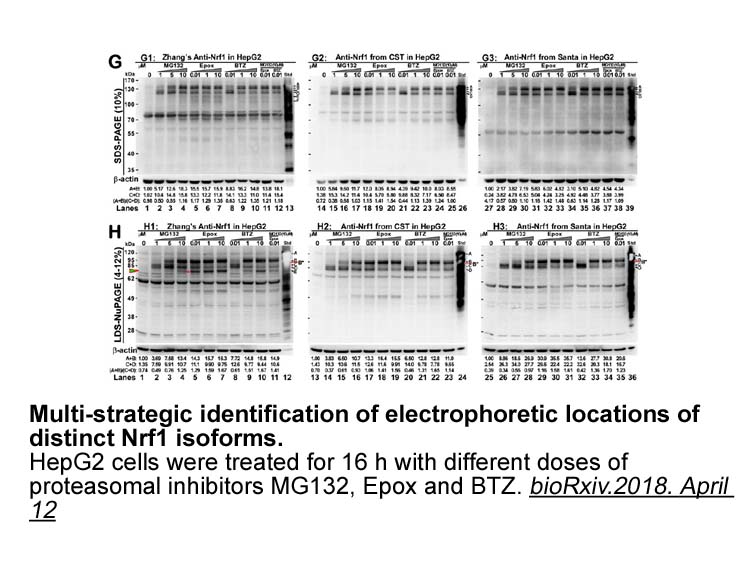
Sustained release property is also associated with side effects reduction [16] that could be confirmed by histopathological analyzes. Massive infiltrating inflammatory cells, hyperproliferation of skin layers and keratin pearls, caused by DMBA and croton oil application [32] are attenuated in Imq-lo
-
Consistent with the in vitro results memantine ameliorated A
2025-02-28
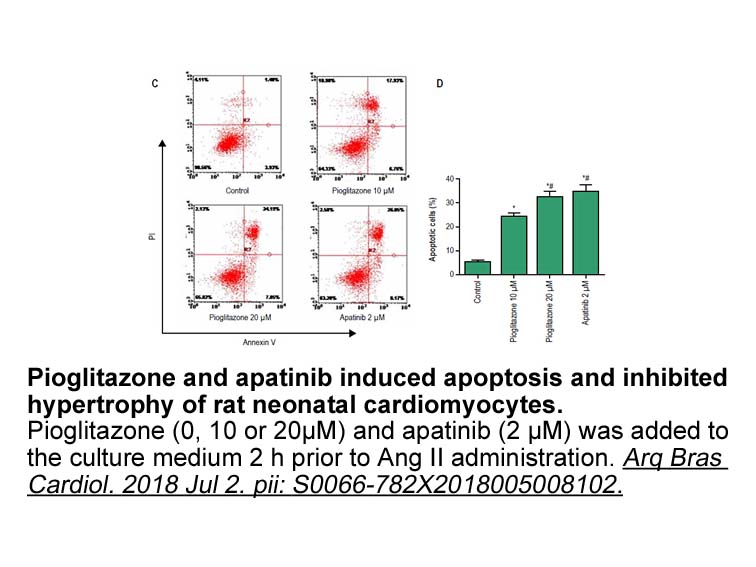
Consistent with the in vitro results, memantine ameliorated Aβ-induced cytotoxicity in rat primary cortical cultures. Studies reported that memantine protected neurons against the damage caused by aggregated Aβ40 or Aβ42 oligomers in vivo[26], [27]. These results suggest that, in addition to its neu
-
br The lipoxygenase pathway and microvascular complications
2025-02-28
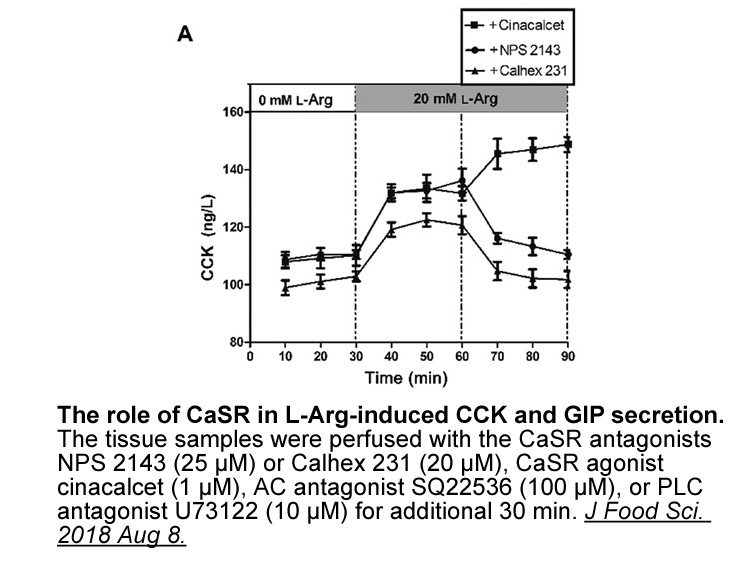
The 12/15-lipoxygenase pathway and microvascular complications of diabetes The 12/15-lipoxygenase pathway in adipose tissue Only recently has adipose tissue been recognized as a highly metabolically active endocrine organ imparting profound local and systemic inflammatory effects. Adipose tiss
-
br Regulation of AHR Activity
2025-02-28
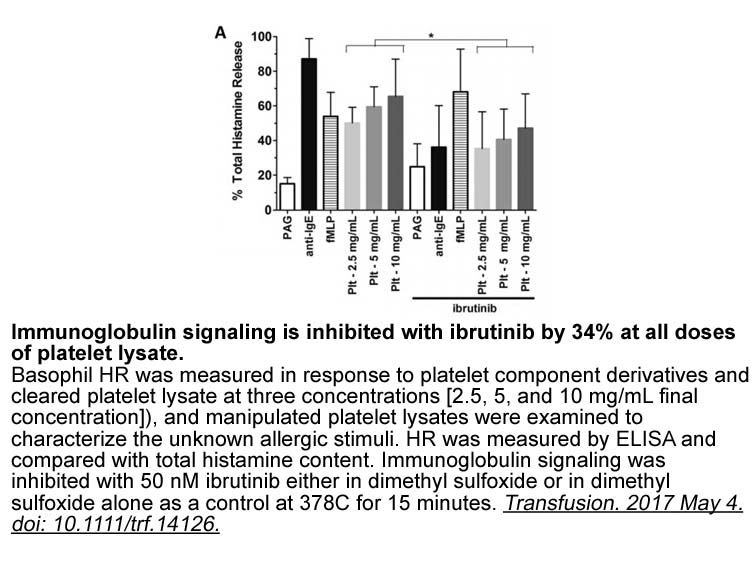
Regulation of AHR Activity AHR activity is regulated in various ways. First, AHR protein levels are controlled via ubiquitin-mediated proteosomal degradation: Ligand binding induces AHR ubiquitination and subsequent degradation by the proteasome [5]. AIP, a component of the AHR chaperone complex,
-
Search sphere This sphere includes the acetylcholine binding
2025-02-27
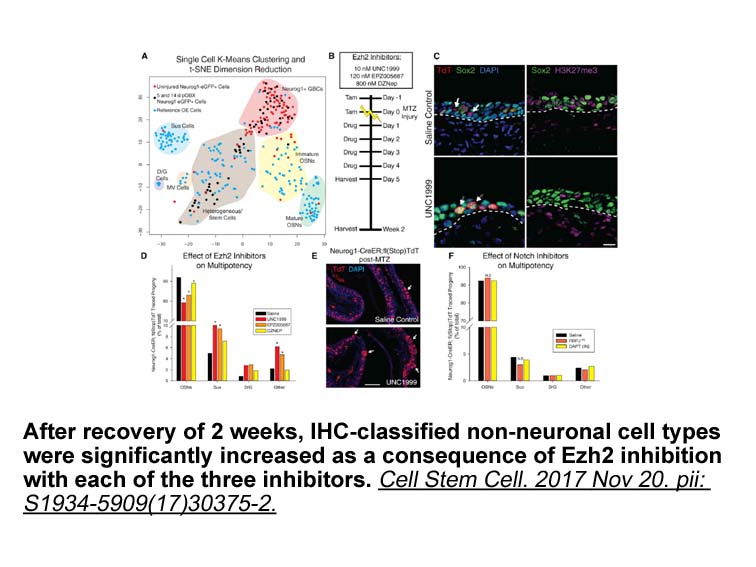
Search sphere 1: This sphere includes the p450 inhibitors binding site between the α–γ subunits. The center point of the search area was located at x=35.26, y=77.67, z=137.74 and the initial search radius was set to 27Å which assures that the corresponding area outside the channel pore of the two s
-
br Discussion Here we focused
2025-02-27
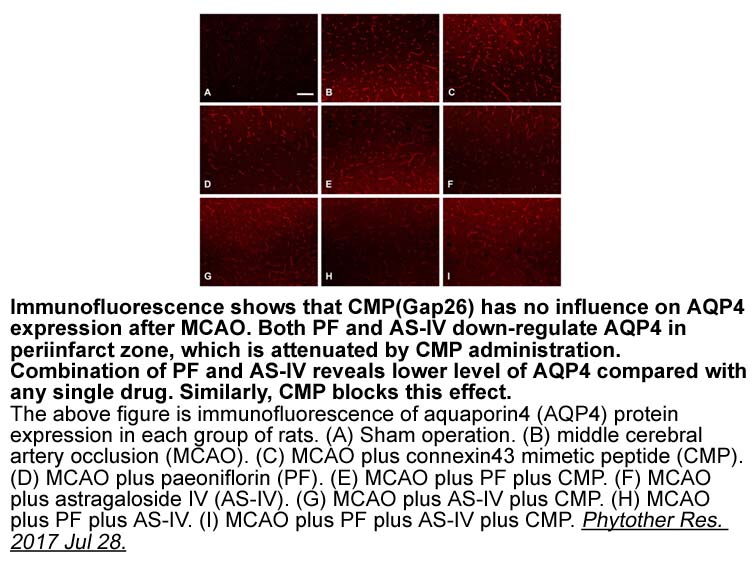
Discussion Here, we focused on seven plant alkaloids extracted from yokukansan. These alkaloids individually inhibited 5-HT-mediated 5-HT3A and 5-HT3AB receptor currents weakly. Simultaneous administration of these alkaloids, however, inhibited the 5-HT3A and 5-HT3AB receptor currents strongly. T
-
Matsuzaki et al attempted fertility therapy in a year old
2025-02-27
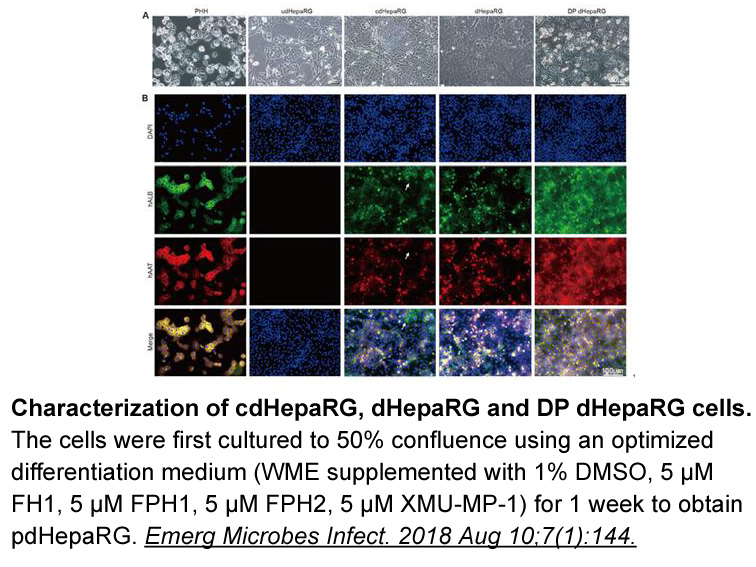
Matsuzaki et al. attempted fertility therapy in a 26-year-old female with secondary amenorrhea and 17OHD who was a 3ma heterozygote for delF53/54 and the missense mutation H373L, which has cycle supports this theory. Oocyte dysfunction with decreased granulosa cell activity might also contribute in
-
As shown in B the recombinant human
2025-02-27
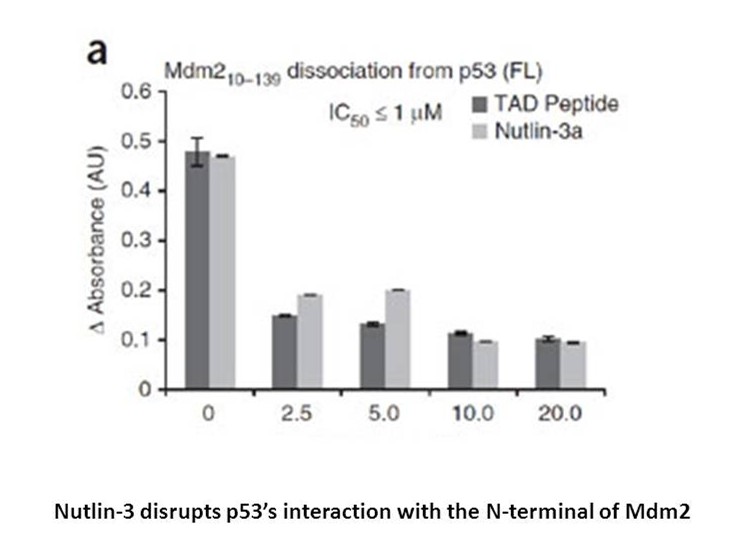
As shown in B, the recombinant human 15-LOX-1 (30nM) showed a time-dependent increase in fluorescent signal, and signal development was almost completed within 20min in the presence of 50μM arachidonic Memantine hydrochloride and 5μM DHR. For both purified enzyme and cell lysates, the enzyme activi
-
Fig summarizes the oxidative metabolism of arachidonic
2025-02-27
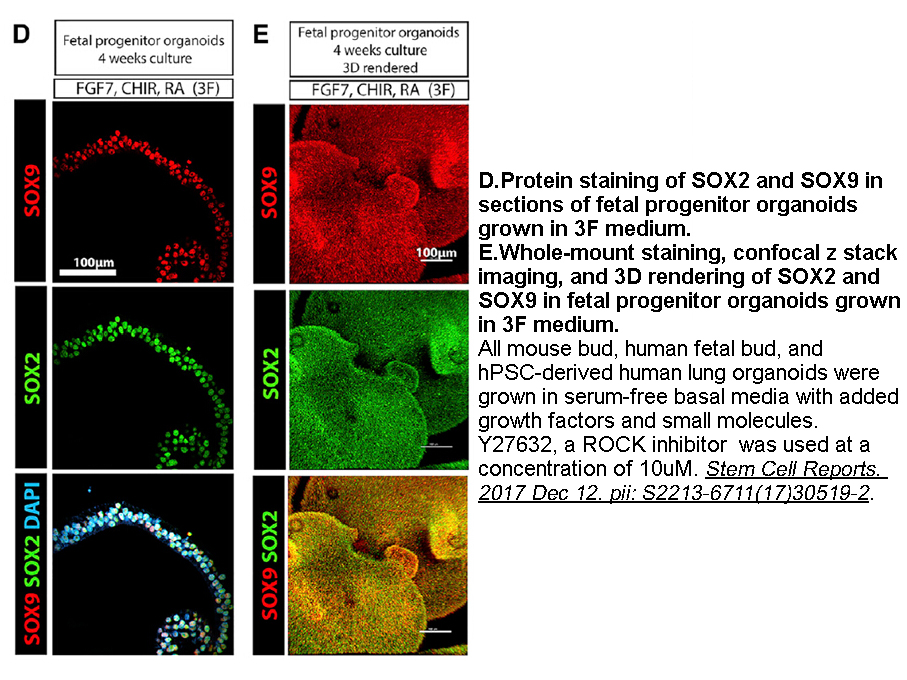
Fig. 1 summarizes the oxidative metabolism of arachidonic APY29 by lipoxygenases cyclooxygenases and cytochrome P450. Lipoxygenases in humans are expressed in a tissue-specific fashion: 5-LOX is mainly expressed in leukocytes, 12-LOX in platelets, and 15-LOX-1 in reticulocytes, eosinophils, and ma
-
Hypoxia induced replication arrest has been demonstrated in
2025-02-27

Hypoxia-induced replication arrest has been demonstrated in a variety of organisms in addition to mammals; including Zebrafish , , and (brine shrimp) which have been shown to survive for 4 years and longer in anoxic conditions . Despite this breadth of study, little is known about the mechanism of
-
br Conclusions br Declarations br Introduction The classical
2025-02-27
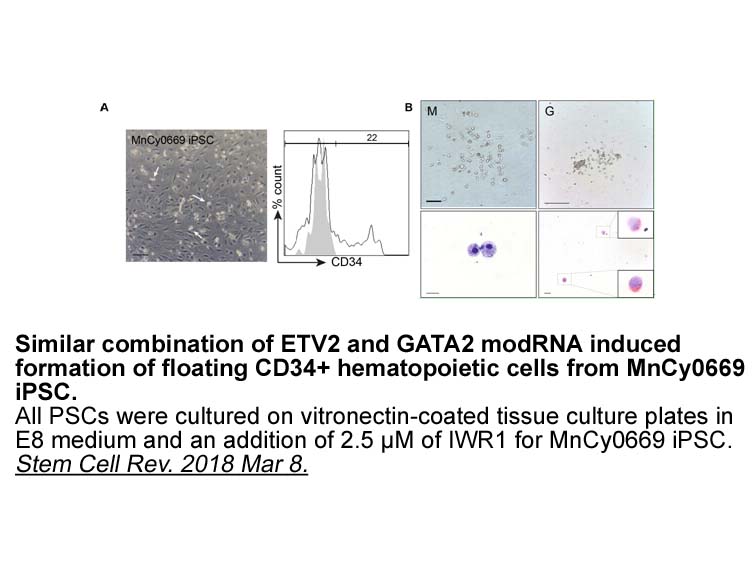
Conclusions Declarations Introduction The classical term of endocrine disruption includes any agent that interferes with the action of hormones within the human body; these agents are therefore named endocrine disruptors. Among these agents, that are mainly environmental chemicals (pollutan
-
br Materials and methods br Results br Discussion
2025-02-26

Materials and methods Results Discussion The novel and central finding of the current study is that endothelial 12/15-LO rather than the monocytic/macrophagic 12/15-LO has a critical role in hyperglycemia-induced leukocyte adhesion and retinal endothelial barrier dysfunction. The following
-
shows the synthesis of imidazole
2025-02-26
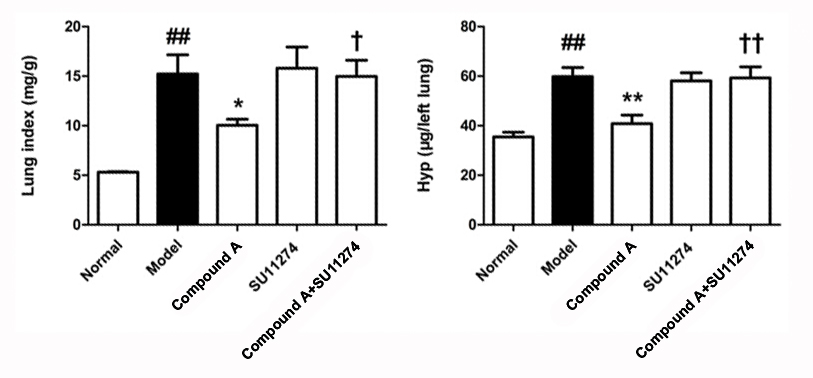
shows the synthesis of imidazole intermediates , , and . The key precursor keto aldehyde – was prepared in situ by SeO mediated oxidation of corresponding carbonyl compounds and or hydrolysis of dibromo ketone . Subsequent treatment with -Boc piperidine-4-carbaldehyde in the presence of aqueous
-
Cancers that responded to immune checkpoint
2025-02-26
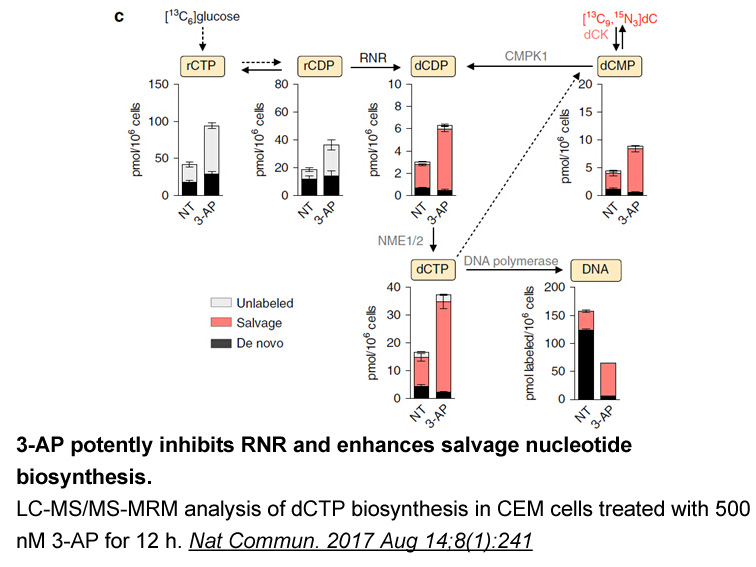
Cancers that responded to immune checkpoint inhibitors were shown to present a type I interferon (IFN) signature in the TME 33, 34. Type I IFNs positively regulate the expression of tumor antigens and their crosspresentation by DCs to tumoricidal CTLs. Furthermore, CD8+ T cell develops full effector
-
With the treatment options available today including a combi
2025-02-26
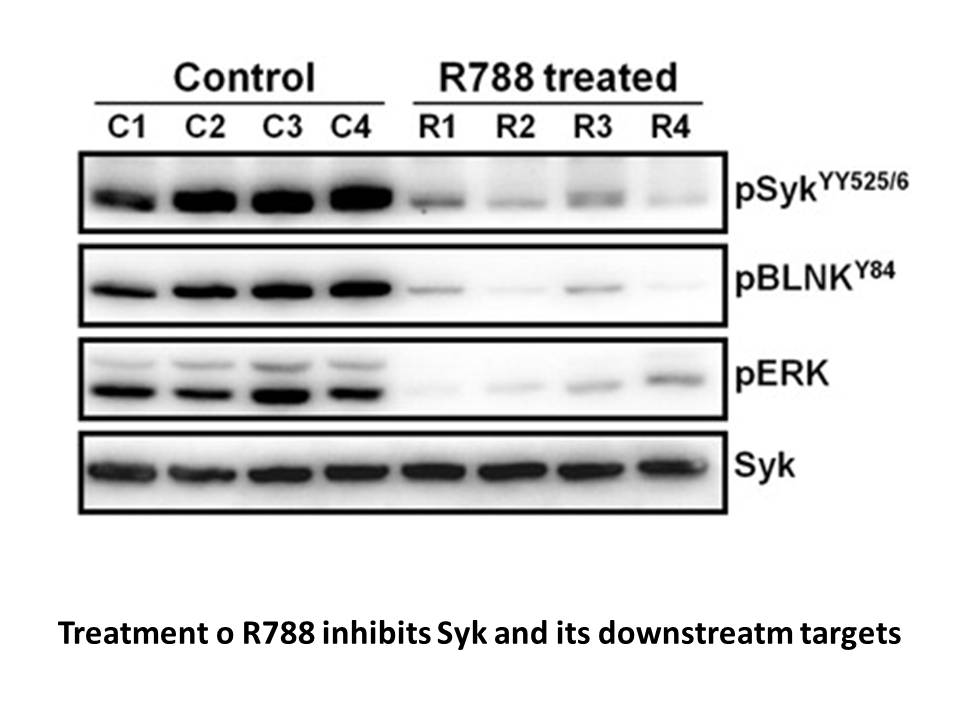
With the treatment options available today including a combination of symptomatic treatments and general immunosuppression, many MG patients can lead productive lives [1], [4], [20]. The frequency of death has decreased due to improved management and detection of milder cases. At present, the overal